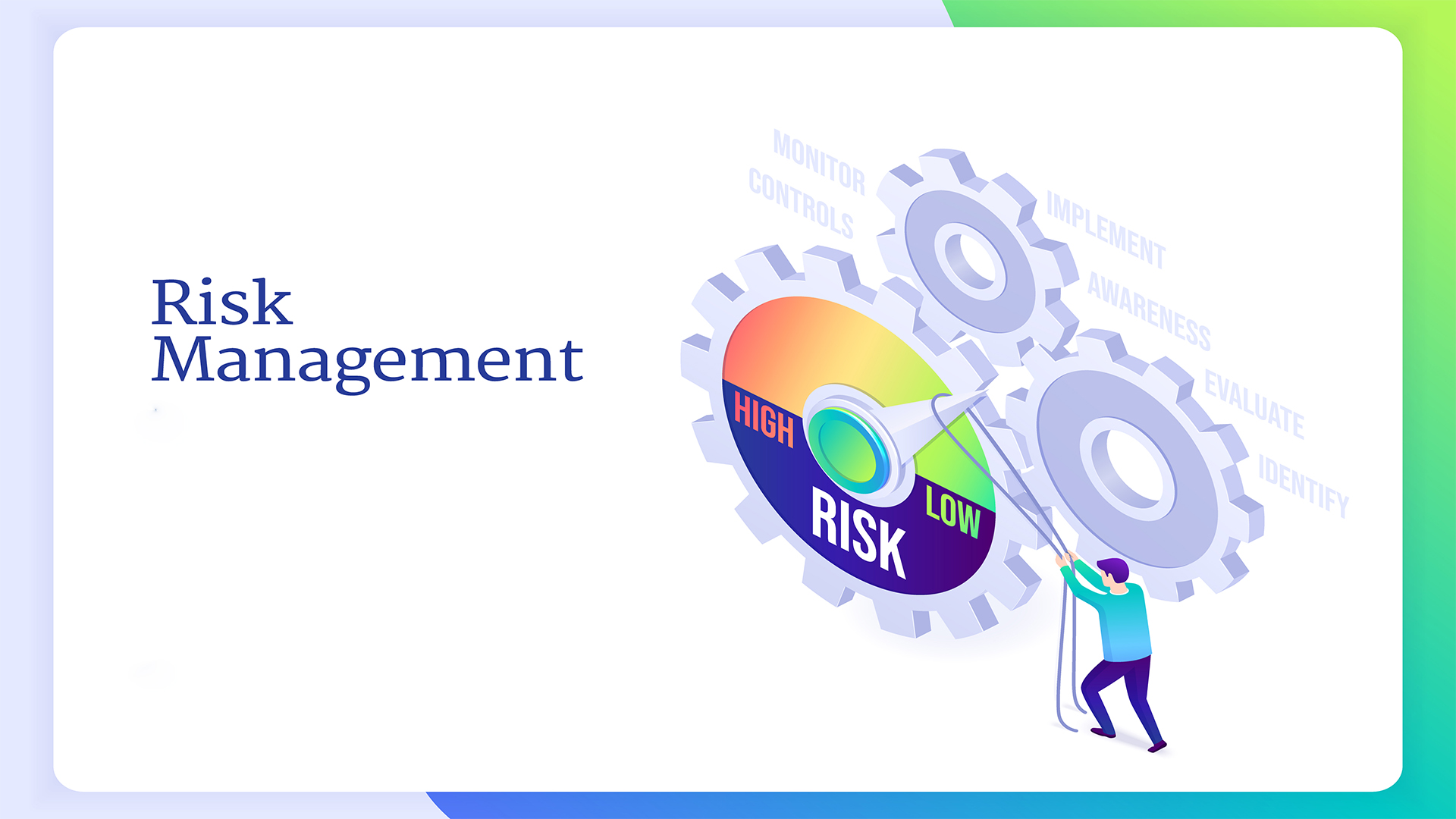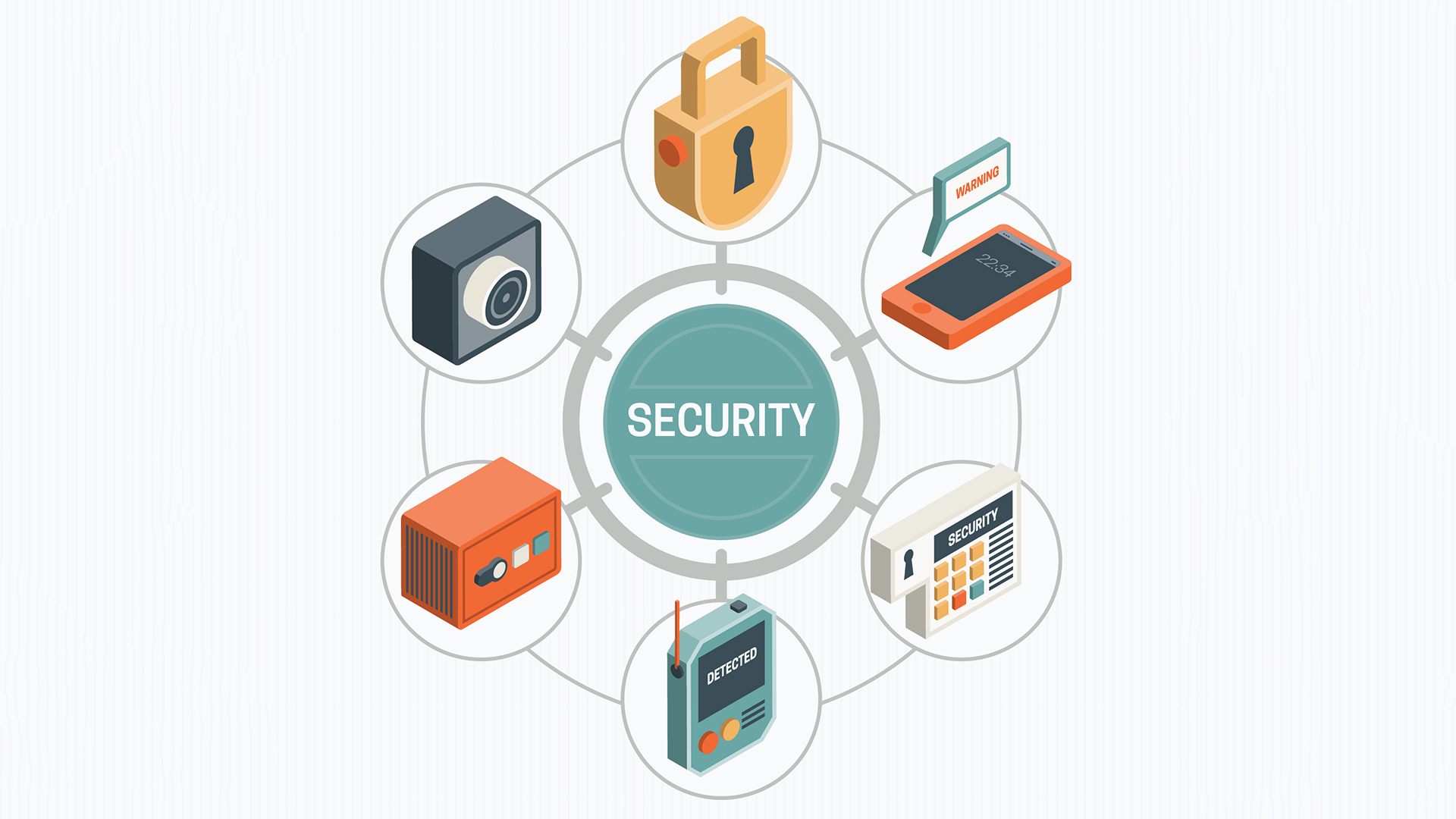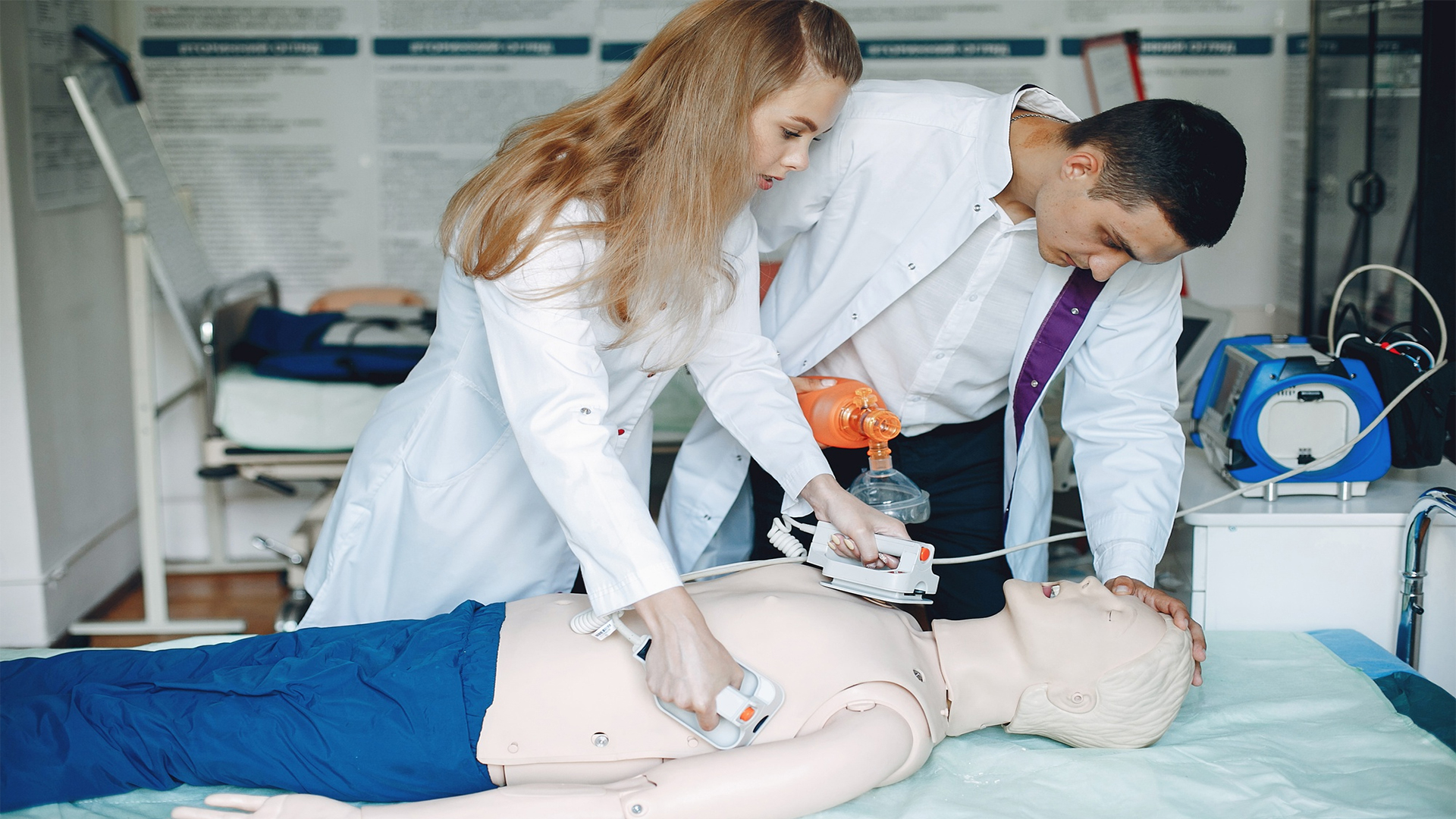
Project Risk Management: Strategies & Solutions
Course overview
The presence of a Risk Assessments and Method Statements (RAMS) system that is efficient and trustworthy for site activities is a crucial component of the health and safety standards for building sites. A risk assessment allows the organization to determine whether adequate measures have been taken to prevent such accidents by carefully examining workplace hazards that could hurt individuals. The methodology behind all choices pertaining to health and safety is risk assessment.
To protect the safety of the workforce, participants in risk assessment training are taught to correctly record risks. A method statement outlines the precise steps that must be taken to complete a task safely, using a logical sequence approach. The delegates of this thorough training course will leave with a practical knowledge of how to carry out and document method statements and risk assessments.
The main objective of this “Risk Assessment and Method Statement (RAMS) Training Course” Assuring that safety protocols and standards have been prepared and put into place to manage the identified risks is the goal of well-designed and written Risk Assessments and Method Statements (RAMS), which identify both direct and indirect health and safety concerns in the relevant areas.
This Training Bee training course will equip you with the knowledge necessary to create, implement, and maintain a method statement. It also emphasizes what to watch out for if you’re in charge of reviewing RAMS that your coworkers have developed.
Introduction
Ensuring employees’ safety and wellbeing is of utmost significance in every organization. To create a safe and healthy workplace, one must have the skills to recognize potential risks, evaluate those risks, and put appropriate control mechanisms in place. The Risk Assessment and Method Statement (RAMS) Training Course is meant to give you the skills and knowledge you need to carry out in-depth risk assessments, create Method Statements, and encourage a safety-conscious culture within your firm.
Participants will learn how to methodically identify and evaluate workplace hazards by delving into the complexities of the risk assessment process during this extensive course. You will learn about the hierarchy of control measures and how to pick and use the best risk management strategies to stop accidents and incidents.
Participants will research the value of method statements in presenting clear and concise strategies for safe work processes in addition to risk assessments. You may ensure that workers and contractors have a thorough awareness of safe practices and contribute to consistent and standardized safety measures by combining method statements with risk assessments.
We are The Training Bee, a global training and education firm providing services in many countries. We are specialized in capacity building and talent development solutions for individuals and organizations, with our highly customized programs and training sessions.
Learning Objectives
Upon completing Risk Assessment and Method Statement (RAMS) Training Course, participants will be able to:
- Improve your RAMS writing skills and familiarize yourself with its contents.
- Learn to compile risk assessments and unique working techniques to set you apart from the competition.
- Create risk assessments and method statements that are simple to comprehend and implement for organizations.
- Recognize your legal responsibilities for health and safety. RAMS
- Learn to perform risk assessments and to document them.
- Learn to recognize typical mistakes when checking method statements.
Our Unique Training Methodology
This interactive course comprises the following training methods:
- Journaling – This consists of setting a timer and letting your thoughts flow, unedited and unscripted recording events, ideas, and thoughts over a while, related to the topic.
- Social learning – Information and expertise exchanged amongst peers via computer-based technologies and interactive conversations including Blogging, instant messaging, and forums for debate in groups.
- Project-based learning
- Mind mapping and brainstorming – A session will be carried out between participants to uncover unique ideas, thoughts, and opinions having a quality discussion.
- Interactive sessions – The course will use informative lectures to introduce key concepts and theories related to the topic.
- Presentations – Participants will be presented with multimedia tools such as videos and graphics to enhance learning. These will be delivered engagingly and interactively.
Training Medium
This Risk Assessment and Method Statement (RAMS) Training Course training is designed in a way that it can be delivered face-to-face and virtually.
Course Duration
This training is versatile in its delivery. The training can be delivered as a full-fledged 40-hour training program or a 15- hours crash course covering 5 hours of content each day over 3 days
Pre-course Assessment
Before you enroll in this course all we wanted to know is your exact mindset and your way of thinking.
For that, we have designed this questionnaire attached below.
- What is the main reason for performing risk assessments at work, and how does that help to guarantee that employees are working in a safe and healthy environment?
- Explain the importance of each phase in identifying and evaluating hazards. Identify the major steps in the risk assessment process.
- How can the hierarchy of control measures be used to help choose the best strategies to reduce risks that have been identified in a risk assessment?
- Describe the function of risk assessment in adhering to legal and health and safety requirements.
- Give illustrations of the numerous dangers that might be found in various work settings and industries.
- In order to ensure that all potential risks are effectively addressed, how can risk assessments be adjusted to particular work activities and tasks?
Course Modules
This Risk Assessment and Method Statement (RAMS) Training Course covers the following topics for understanding the essentials of the Agile Workplace:
Module 1 – THEORY OF RISK AND INTRODUCTION
- Assessments of Site Risk and Method Statements (RAMS)
- Describe risk.
- Issues vs. Risks
- A risk assessment is what?
Module 2 – THE CRITICAL VALUE OF RISK ANALYSIS
- How and why is risk assessment crucial?
- The purpose of risk analysis.
- Prevention guiding principles.
- Risk Assessment Tool.
- Risk assessment for a certain task.
Module 3 – METHODS FOR RISK ASSESSMENT
- Risk assessment involves five processes.
- Risk assessment types.
- Specifying Realistic and Practical Control Measures.
- Methods of qualitative versus quantitative risk assessment.
Module 4 – TECHNICAL STATEMENTS
- A method statement is what?
- Differences between a method statement and a risk assessment
- Conditions for a method statement
- Defining the Sequence of Works in a Method Statement Form (Step by Step)
Module 5 – RAMS REVIEWS AND APPROVALS
- Effective RAMS policy communication.
- Putting Control Measures into Practice.
- Dynamic Risk Evaluations.
- Updating and reviewing RAMS.
Module 6 – EXAMPLES
- Example of a Safe Work Method Statement
- The function of H&S managers and coordinators in RAMS emergency procedures, personal safety, and welfare
- Working Without ‘RAMS’ and Its Effects
Module 7 – RISK EVALUATIONS IN PRACTICE AND STATEMENTS OF METHODS
- Construct risk assessments.
- Construct safety method statements.
- Know the areas where HSE enforcement would be used
- Describe futuristic control measures.
Post-course Assessment
Participants need to complete an assessment post-course completion so our mentors will get to know their understanding of the course. A mentor will also have interrogative conversations with participants and provide valuable feedback.
- What is the main goal of performing risk assessments at work, and how does it improve overall security and incident avoidance?
- Explain the essential processes in the risk assessment process and how each one contributes to locating, evaluating, and reducing workplace dangers.
- How does the hierarchy of control measures help when deciding which risk control techniques are most effective during a risk assessment?
- Describe how risk assessments help to ensure adherence to legal and health and safety requirements.
- Give illustrations of the numerous dangers that might be present in various professions and workplaces.
- In order to ensure that all potential risks are effectively addressed, how can risk assessments be customized to particular work activities and environments?
Lessons Learned
Hazard identification that is proactive: Thorough risk assessments enable organizations to detect possible risks and rank risk management strategies before events happen.
Comprehensive Risk Analysis: Through the systematic evaluation of hazards, the risk assessment process helps companies understand the gravity and propensity of prospective incidents.
Effective Risk Control Measures: Choosing the best and most efficient ways to reduce risks and stop accidents is made easier by understanding the hierarchy of control measures.
Legal compliance and safety requirements: Risk assessments are crucial for guaranteeing adherence to health and safety laws, shielding staff members and the company from potential liabilities.
Employee and stakeholder participation in the risk assessment process develops a safety-conscious culture and encourages everyone to take responsibility for safety.
“Keeping Lives Alive, Keeping Futures Alive: RAMS Training for Safe Work Practices”







